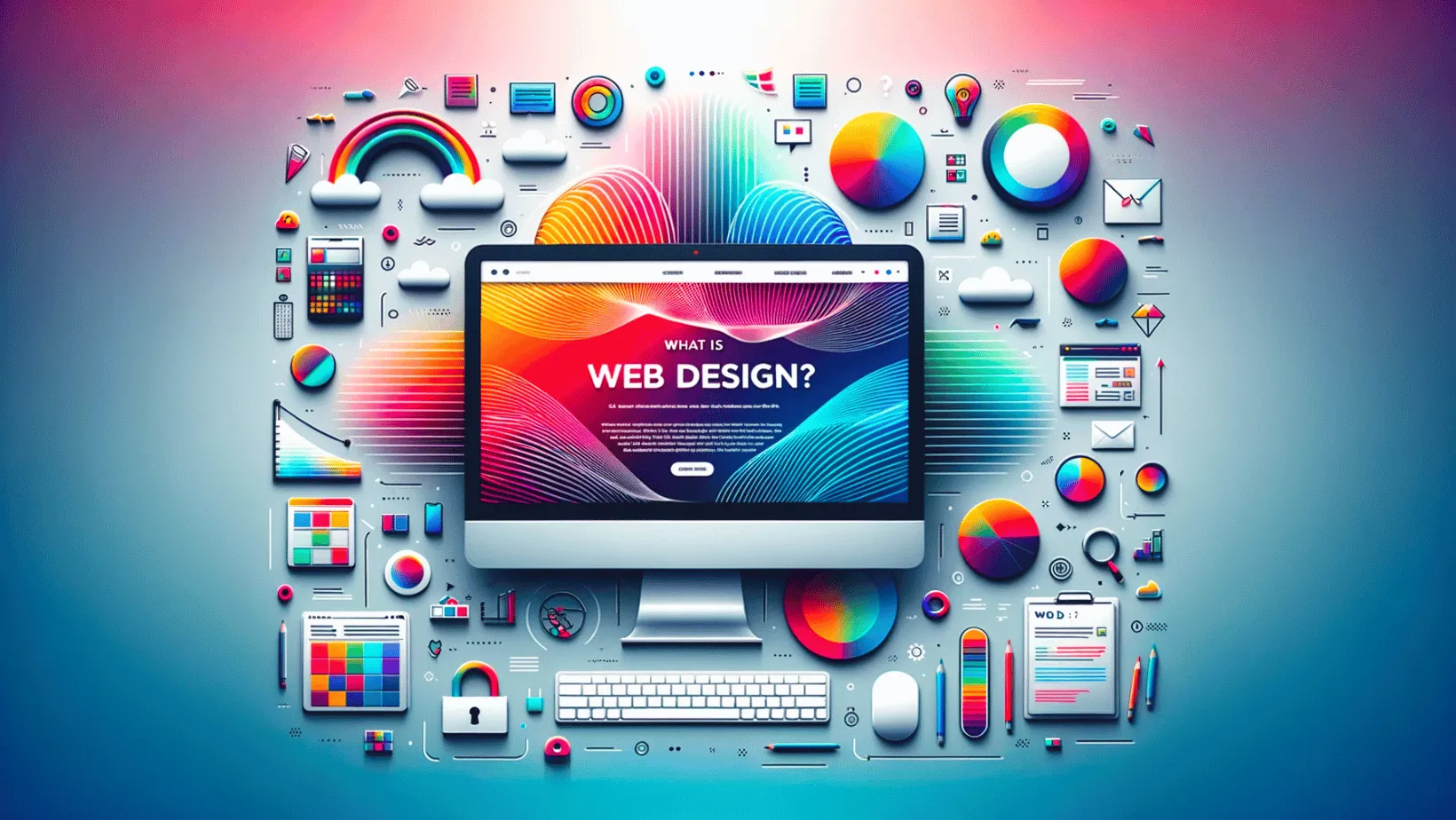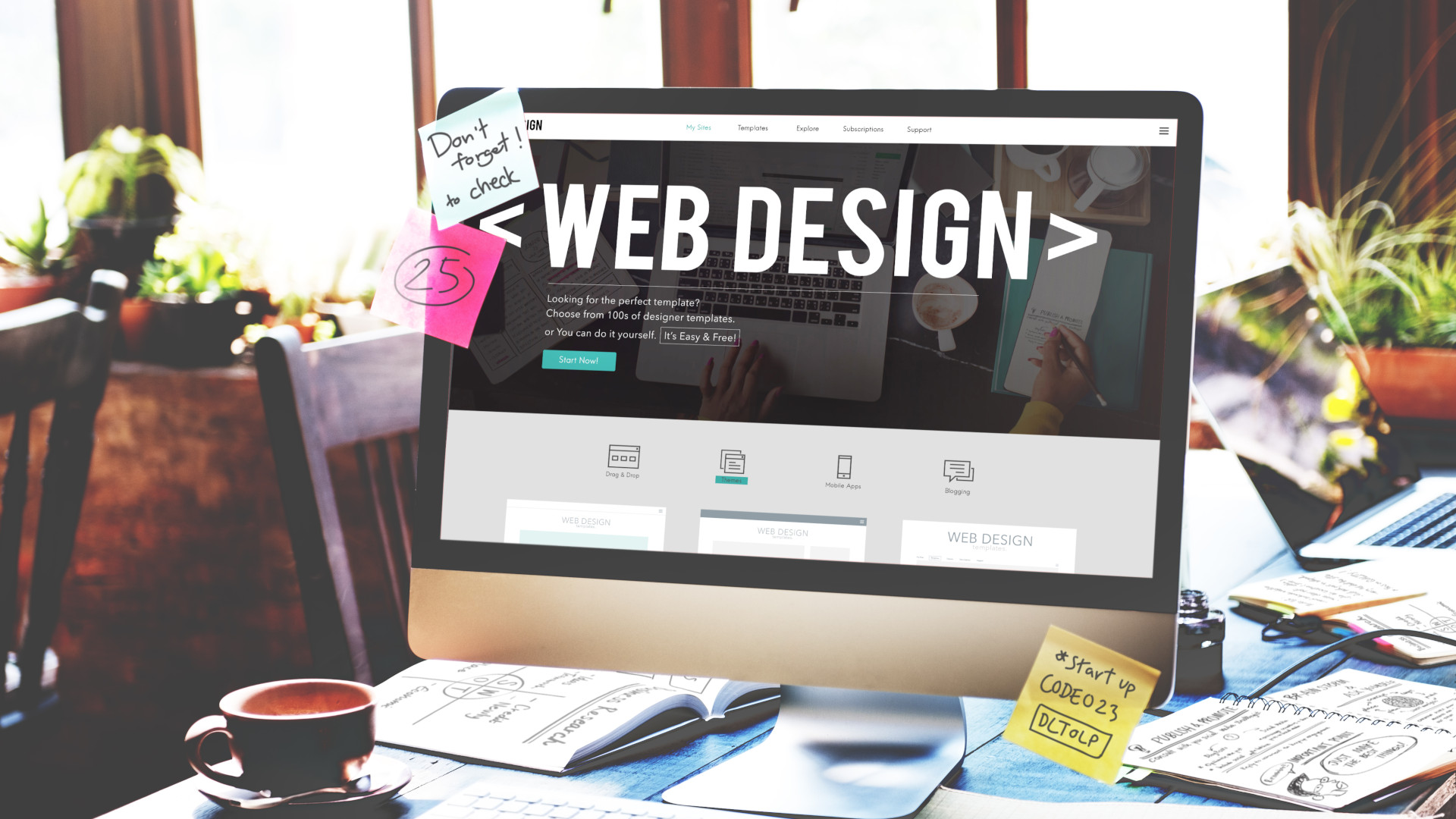Maximize Individual Experience With Ingenious Internet Site Style Solutions
In today's digital landscape, maximizing user experience with innovative site layout solutions is essential for businesses seeking to involve their audience properly. By embracing user-centric layout principles, organizations can produce user interfaces that not just meet individual requirements but also enhance total fulfillment. Trick variables such as responsive formats, intuitive navigating, and effective aesthetic hierarchy play a crucial function in this procedure. The assimilation of interactive elements can additionally raise the customer journey, triggering a reevaluation of conventional style strategies. What methods might arise when we think about the evolving assumptions of customers?
Understanding User-Centric Design

To execute user-centric layout properly, it is important to conduct thorough research, including individual meetings, surveys, and functionality testing. These research study methods provide valuable data that informs layout decisions, making sure that the end product lines up with customer assumptions. Furthermore, developing user identities can help developers empathize and envision with the end-users, guiding the layout process toward more appropriate services.
Additionally, iterative design is a vital part of user-centric techniques. By constantly testing and refining styles based on individual responses, developers can determine discomfort factors and areas of enhancement, resulting in an extra polished final item. Eventually, user-centric design is not just a stage in the growth process however a continuous dedication to prioritizing user needs, causing more appealing and efficient electronic experiences.
Significance of Responsive Layouts
As electronic communications increasingly take place throughout a selection of tools, the value of receptive layouts can not be overstated. A responsive design guarantees that a site adjusts effortlessly to various display dimensions, from desktop computer screens to mobile phones. This adaptability is vital in today's multi-device landscape, where individuals expect a regular and engaging experience no matter of exactly how they access content.
The main advantage of responsive design is enhanced user fulfillment. When a site is maximized for all tools, it minimizes the demand for zooming, scrolling, or horizontal navigating, which can lead and annoy users to greater bounce rates. Additionally, search engines like Google focus on mobile-friendly websites in their ranking formulas, making receptive designs essential for effective search engine optimization strategies.
Additionally, receptive layouts promote simpler maintenance and updates. Rather of managing different versions of an internet site for different gadgets, a single, fluid layout can be modified, saving time and resources. This all natural method not only boosts performance yet also promotes brand comprehensibility across systems. Inevitably, buying responsive designs is not just a pattern; it is a basic principle of modern-day website design that considerably boosts user experience and engagement.
Enhancing Navigating and Accessibility
Efficient navigation and ease of access are crucial parts of a well-designed internet site, substantially influencing individual engagement and fulfillment. An easy to use navigating framework allows visitors to find information quickly and intuitively, minimizing aggravation and boosting the possibility of repeat gos to. Implementing clear, detailed labels for navigating web links, in find more information addition to a sensible pecking order, can assist individuals effortlessly through the internet site.
Ease of access is equally important, guaranteeing that all individuals, regardless of their impairments or capacities, can interact with the website efficiently. This can be achieved via making use of appropriate shade contrasts, text sizes, and alt text for photos, which together boost the experience for aesthetically impaired customers. Including keyboard navigation and screen reader compatibility increases access for individuals with varied needs.
Routine use screening can offer beneficial insights right into navigating effectiveness and accessibility concerns. By gathering feedback from genuine individuals, developers can identify discomfort points and make enlightened modifications. Eventually, prioritizing navigating and accessibility not just fosters inclusivity however also grows a positive individual experience, strengthening the brand's dedication to high quality and user care in a significantly digital landscape.
Using Aesthetic Pecking Order Successfully
Visual power structure serves as an assisting framework in website layout, directing customers' focus to the most vital aspects on a web page. By tactically arranging visual elements such as typography, spacing, and shade, designers can develop a clear path for users to comply with. This structure not only improves individual experience yet also improves content comprehension.
One effective method to develop aesthetic power structure is with the use of size and range. Bigger aspects normally bring in even more interest, making headings and essential visuals famous. Complementing this approach with contrasting shades can better separate key web content from additional information, ensuring that crucial info attracts attention.
In addition, the plan of aspects plays a critical duty in guiding user interaction. Utilizing a grid layout can create a natural flow, while whitespace assists to separate material and reduce cognitive load - Website Design. This intentional spacing permits customers to process info a lot more conveniently, resulting in enhanced interaction
Last but not least, utilizing consistent layout patterns assists enhance visual pecking order, providing individuals with familiar cues as they navigate the website. By focusing on these principles, developers can properly take full advantage of individual experience, making sure that visitors can easily find the details they look for.
Incorporating Interactive Elements
The consolidation of interactive aspects right into website style can dramatically enhance individual involvement and overall experience. Interactive attributes such as quizzes, sliders, and polls not only astound users however likewise promote active participation, making the surfing experience much more remarkable. By encouraging users to communicate, internet sites can successfully preserve focus and reduce bounce rates.
In addition, integrating vibrant content like computer animations and float effects adds an enticing layer of interactivity. These aspects can direct customers intuitively with the website, highlighting important info and phones call to activity. For circumstances, computer animated switches can draw focus and enhance click-through rates.
Moreover, customization with interactive devices such as chatbots or recommendation engines allows internet sites to satisfy individual preferences, promoting a feeling of link. This tailored technique not just improves individual satisfaction yet additionally urges repeat brows through.
Incorporating analytics devices to track interactions gives valuable understandings into customer actions, enabling continual find out here renovation of the interactive components. Ultimately, a well-designed interactive experience changes a passive browsing session right into an appealing journey, resulting in boosted customer complete satisfaction and loyalty. Therefore, incorporating interactive elements is important for taking full advantage of user experience in contemporary internet site design.
Verdict

In today's electronic landscape, making the most of individual experience via cutting-edge web site style solutions is critical for companies seeking to involve their target market successfully. Inevitably, prioritizing navigating and ease of access not only promotes inclusivity however likewise cultivates a positive user experience, reinforcing the brand's dedication to quality and individual care in an increasingly Visit This Link electronic landscape.

In conclusion, optimizing customer experience through innovative website design solutions requires a commitment to user-centric concepts. Website Design.